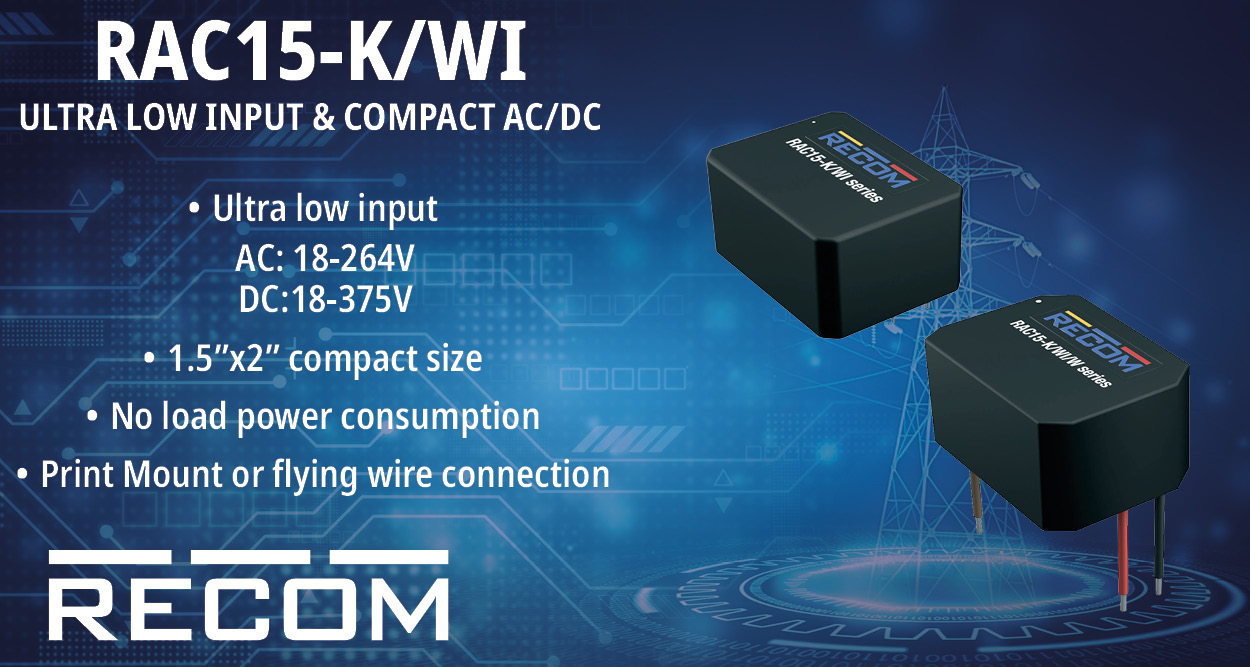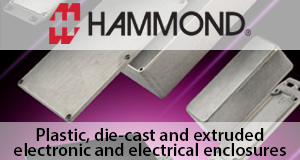Electrical planning: Automation saves time – also in batch size one

June 10, 2020- Control cabinet manufacturers who automate their planning processes will bene-fit from shorter project times and higher quality. Secondary processes such as documentation creation can also be simplified. But how much time really can be saved over a whole process? Hanseatic Power Solutions GmbH (HPS) automated its control cabinet engineering in several steps and has just implemented EPLAN Cogineer. The company has now used a “before and after” comparison to record actual time savings. The results are clear. Electrical planning alone now takes only 20% of the original time.
Emergency power supplies for power stations and “power islands” for hospitals and cruise ships are the type of applications for which control cabinets from HPS are constructed. The company plans and builds control technology for the highly demanding energy sector. This is evident from HPS opening a branch in the Arab Emirates in 2017. Employees there carry out sales, project planning and service tasks for customers from the region who include power plant and refinery opera-tors.
Target: Maximal automation in control cabinet engineering
Since the company was founded in 2009, managing director Bernd Mähnss and his team have prioritised maximum automation in the project planning, design and manufacture of control cabinets. This has resulted in the completion of even com-plex projects (with 80 to 100 control cabinet panels) within six to eight weeks, from receipt of the order through to delivery and installation.
One reason for this quick turnaround, even though the projects involve batch size one products, is a consistent use of the EPLAN platform. EPLAN Pro Panel is used for 3D cabinet planning. Power distributors and busbars made of copper are designed and completed in 3D using the copper module, and (external) cable as-sembly is based on the routing module.
Quickly created schematics
HPS (and thus also its customers) has been benefiting from even shorter through-put times for several months now. When EPLAN launched its Cogineer software, HPS was one of the first customers to implement the module. EPLAN Cogineer enables the automated schematic creation without any programming required and without the need for specialist knowledge in configuration and variant manage-ment. Only basic macro knowledge is needed to quickly start using the applica-tion.
Standardisation also for one-off products
It may at first be surprising that a control cabinet manufacturer working with batch size one is using automation and standardisation. Bernd Mähnss, founder and managing director of HPS: “Our projects are of course always individual. But they also have recurring functions and modules such as schematics for controlling ventilation and fire dampers in building automation”. For such functions, HPS stores macro libraries in Cogineer which electrical engineers can access when re-quired. Dennis Burmeister, Sales Engineering/ Service at HPS and responsible for the implementation of Cogineer: “Users just need to select the required power and everything else is then determined automatically and integrated into the schemat-ic: from the correct switches for motor protection and repair through to the termi-nals and cable cross-sections. Function designations in the schematic are also as-signed automatically”. Options can also be clicked and integrated into the plan. For example, the power supply can be selected via generator voltage or via con-sumer voltage with contactor.
“Tried and tested”, including routing and thermal properties
Depending on the options selected and power supply type, schematics are then automatically generated. Cogineer also offers other benefits in addition to design automation. Dennis Burmeister: “The macros have been tried and tested and are error-free. This gives us assurance while also improving the quality of the design. Planners no longer need to carry out time-consuming detailed work when making subsequent changes, e.g. to a power value. The software takes over”. Routing is integrated in the automated schematic creation, and HPS can also automatically order the terminals directly from Phoenix Contact using the corresponding EPLAN module. Rittal Therm is used to calculate power dissipation of all the components selected in EPLAN. This enables the planner to identify “hotspots”.
The next step: Paperless production using EPLAN eView
For several years, HPS has not been using standard hard copy folders and docu-mentation unless customers request them. Instead, a QR code is attached to each control cabinet enabling users to view online the detailed documentation main-tained at HPS. Dennis Burmeister: “The added benefit is that the documentation is always up to date in the sense of it being a ‘digital twin’ throughout the entire lifecycle of the actual cabinet”. The next step is to have a paperless “shop floor” by using EPLAN eView. Bernd Mähnss: “We already only need the schematic for inspection. In production, a layout plan is sufficient. We will soon be equipping the inspection stations with eView. Maintenance personnel can then add com-ments directly in the standards-compliant documentation. This saves time and again avoids duplication of work”.
Summary: Automation enables major efficiency gains
After implementing EPLAN Cogineer, HPS used a “before and after” comparison of the time taken for processing an order with and without automation. Taken into consideration were Cogineer as well as EPLAN links to mechanical processing and automated cable and terminal assembly. These resulted in design being faster by 25%, and electrical planning by 80%. The effort required for the mechanical production is reduced to half, electrical production is 40% faster. Documentation was created in a quarter of the time it normally takes. Bernd Mähnss: “All in all, our delivery times – which were previously more than competitive, i.e. very short – have been reduced by around 35% thanks to automation and our integrated plan-ning process. At the same time, documentation is more detailed and planning qual-ity is also better because tried and tested macros and modules are being used”. It is therefore clear that HPS will continue along this path.




For more information visit: www.eplan.de and www.friedhelm-loh-group.com
















